Habitat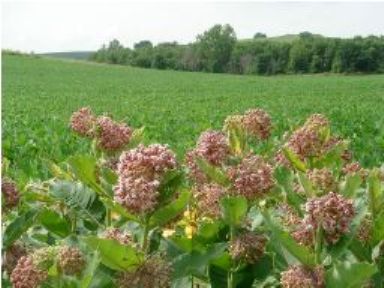
Common milkweed is found in many different habitats including "cultivated lands, waste areas, river basins, and along fencerows, roadsides and railroads" (Anderson, 1999). Milkweed can grow in all types of soil, "especially well-drained" soil (Anderson, 1999). Another place Asclepias syriaca grows is in crops, as it is a weed. Crops are especially affected in Iowa, Nebraska, and Wisconsin. The types of crops most affected are corn, soybean, grain, and peanuts (Anderson, 1999). "Its native habitat is river bottoms, forest edges, clearing, and lakeshore or seashore dunes, but it has done extremely well in the wake of man's disturbance to the landscape" (Thayer, 2006). See adaptations page for more info. http://www.fragrantpathseeds.com/photos/DSC01251.jpg
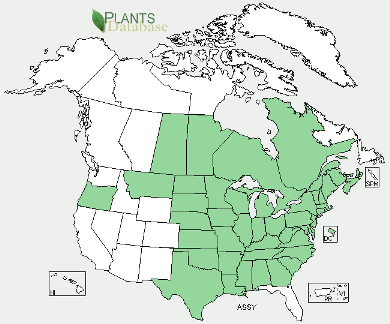 As
you can see on the distribution map, milkweed grows in many regions
of North America, especially the east and Midwest region. Milkweed
is a native plant to North America. Other organisms that would have
a similar distribution map and habitat are
Eastern grey squirrel,
American toad,
deer tick and the
white-tailed deer. An organism with a nearly opposite
distribution map is the
cougar.
As
you can see on the distribution map, milkweed grows in many regions
of North America, especially the east and Midwest region. Milkweed
is a native plant to North America. Other organisms that would have
a similar distribution map and habitat are
Eastern grey squirrel,
American toad,
deer tick and the
white-tailed deer. An organism with a nearly opposite
distribution map is the
cougar.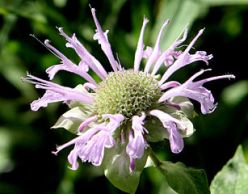
http://plants.usda.gov/java/profilesymbol=ASSY&mapType=nativity&photoID=assy_002_ahp.tif
http://upload.wikimedia.org/wikipedia/commons/thumb/0/02/Monarda-fistulosa.jpg/307px-Monarda-fistulosa.jpg
Next, check out the
adaptation page or return
home.
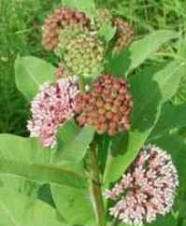
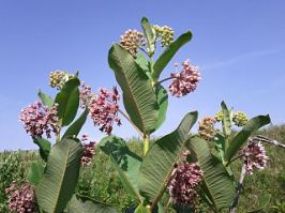 wikimedia
wikimedia